Blog
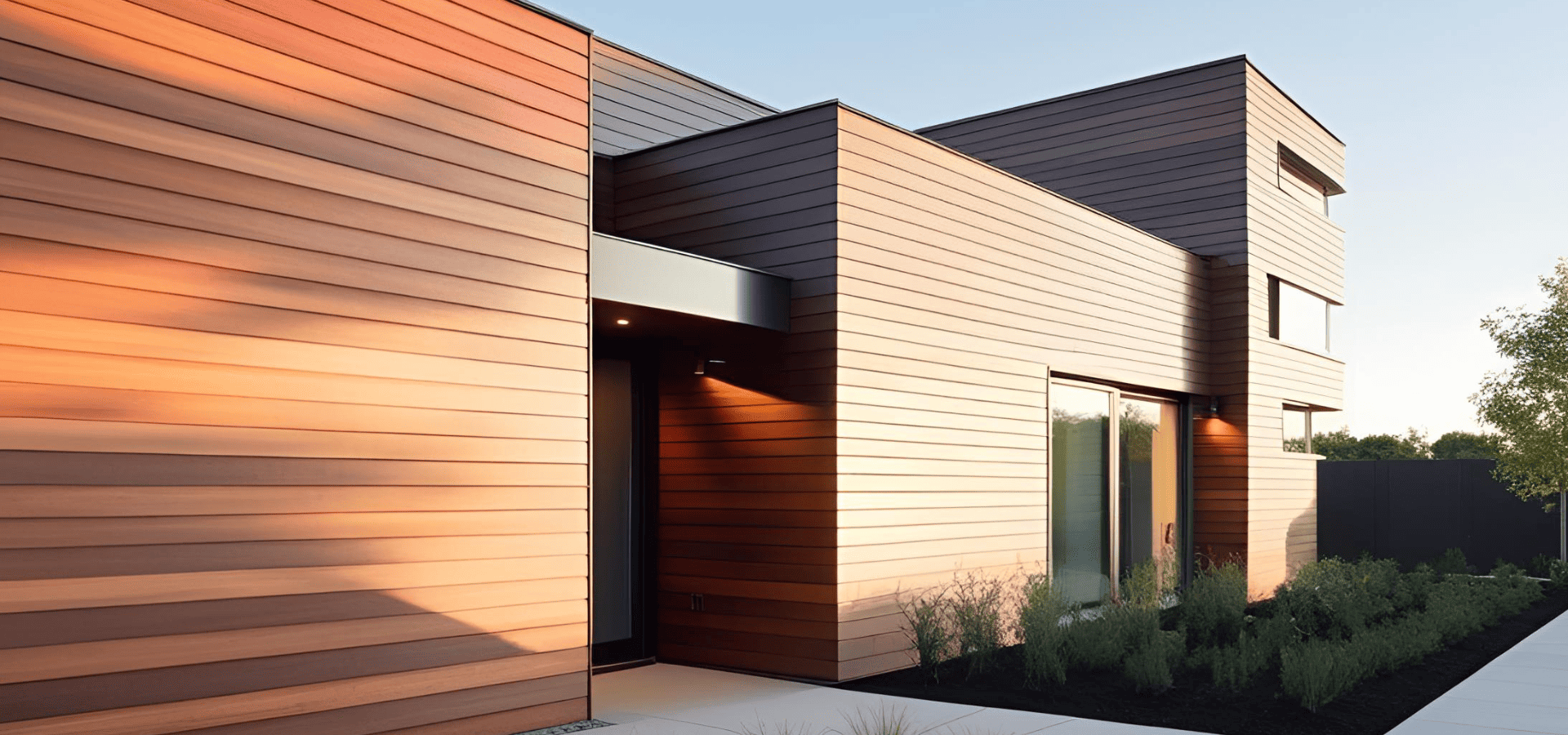
When it comes to modern homes, homeowners are usually looking for a sleek, contemporary look. Modern, savvy homeowners also prefer practical options that are low-maintenance, durable, and offer value for money. With increasing awareness of environmental issues, young homeowners are also increasingly prioritizing eco-friendly materials. As such, when choosing siding for modern homes, simply achieving a sleek, contemporary aesthetic isn’t always enough. Instead, you also want options that are as practical and eco-friendly as possible. Of course, not all siding materials can check all three boxes, but even checking just two out of three is enough for a siding option to be considered suitable for modern homes. In this guide, we’ll be sharing the best siding options for modern homes. Not every option will check three boxes, but you can be sure that they’ll at least look great on your contemporary home and be practical in terms of maintenance and value. 1. Vinyl Siding

Everyone knows that siding protects your home, but you have to protect your siding too so that it can do its job. As the seasons change, each season brings with it new conditions, temperatures, moisture levels, and so on. While not always bad, some of these changes can be more taxing than usual on your siding, which means you need to make preparations so that your siding can remain steadfast even in the face of these changing conditions. This will not only keep your home better protected, but save you money on costly repairs or replacements that could have easily been avoided. Read on to find out what to watch out for in each season and how to deal with them. Spring Preparation
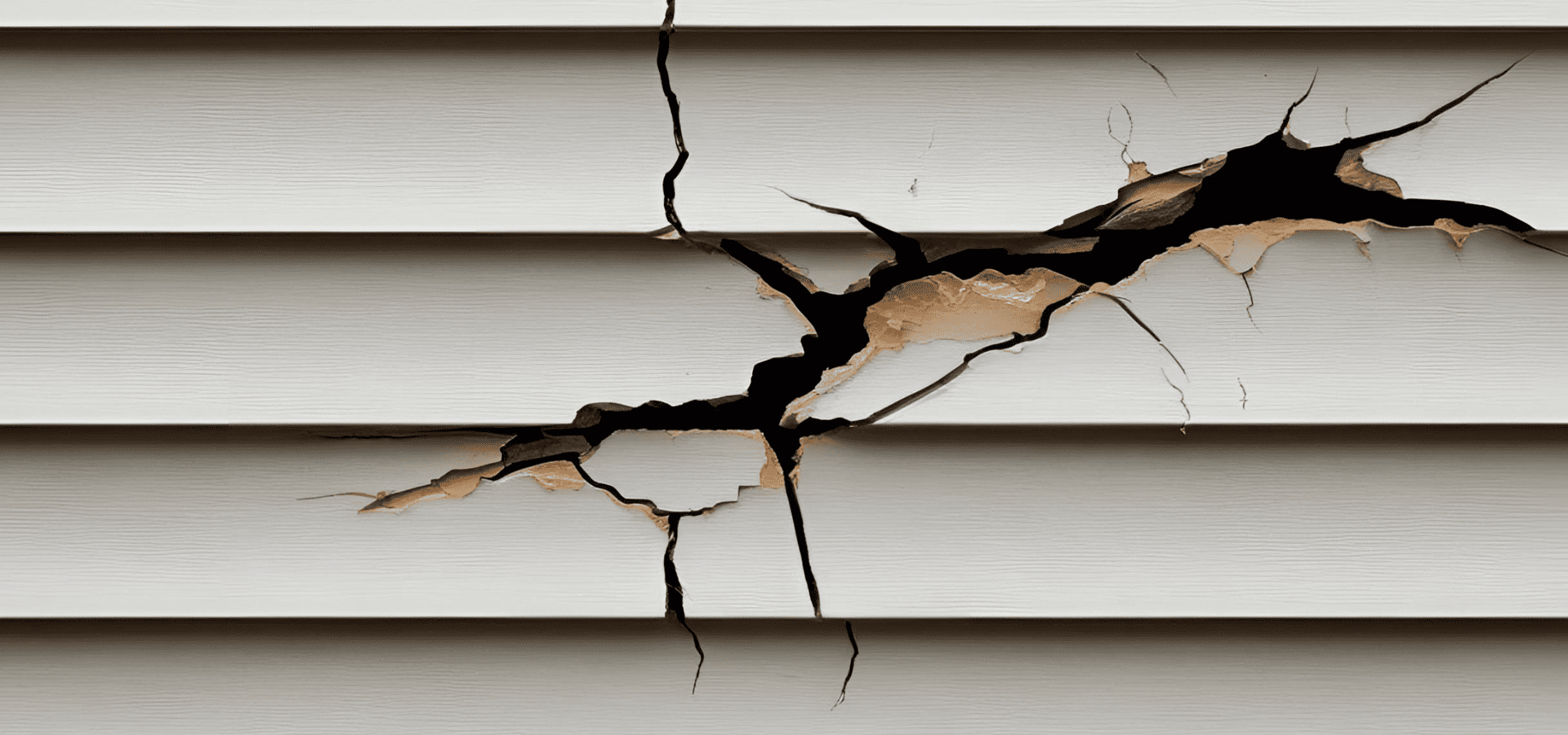
Your siding is imperative to protecting you against moisture damage, mold, mildew, UV rays, debris, hail, and pests. So when problems and damages arise, it's of the utmost importance that you remedy them asap before they escalate into more serious problems. According to the US Department of Commerce, in 2024, the state with the highest number of hail events was by far Texas with 878 such incidents. The state with the next most incidents after Texas was Kansas at just 495, more than 40% less than Texas. Unsurprisingly, Texas also ranks first in property damage caused by hailstorms. Specifically, Dallas-Fort Worth is a hotspot for hailstorms. According to the Insurance Information Institute (III), Dallas-Fort Worth consistently ranks near the top nationwide every year for hail damage insurance claims. Unfortunately, repeated insurance claims can significantly drive up your premiums, even if they are a result of uncontrollable hailstorms. As such, fixing any issues with your siding quickly and keeping it strong is of paramount importance to protecting your home and keeping your insurance premiums manageable, especially if you reside in Dallas-Fort Worth. That's why in this article, we're going to be covering common siding problems and how to fix them, so that you'll know how to keep your siding in its best condition. 1. Cracks & Holes
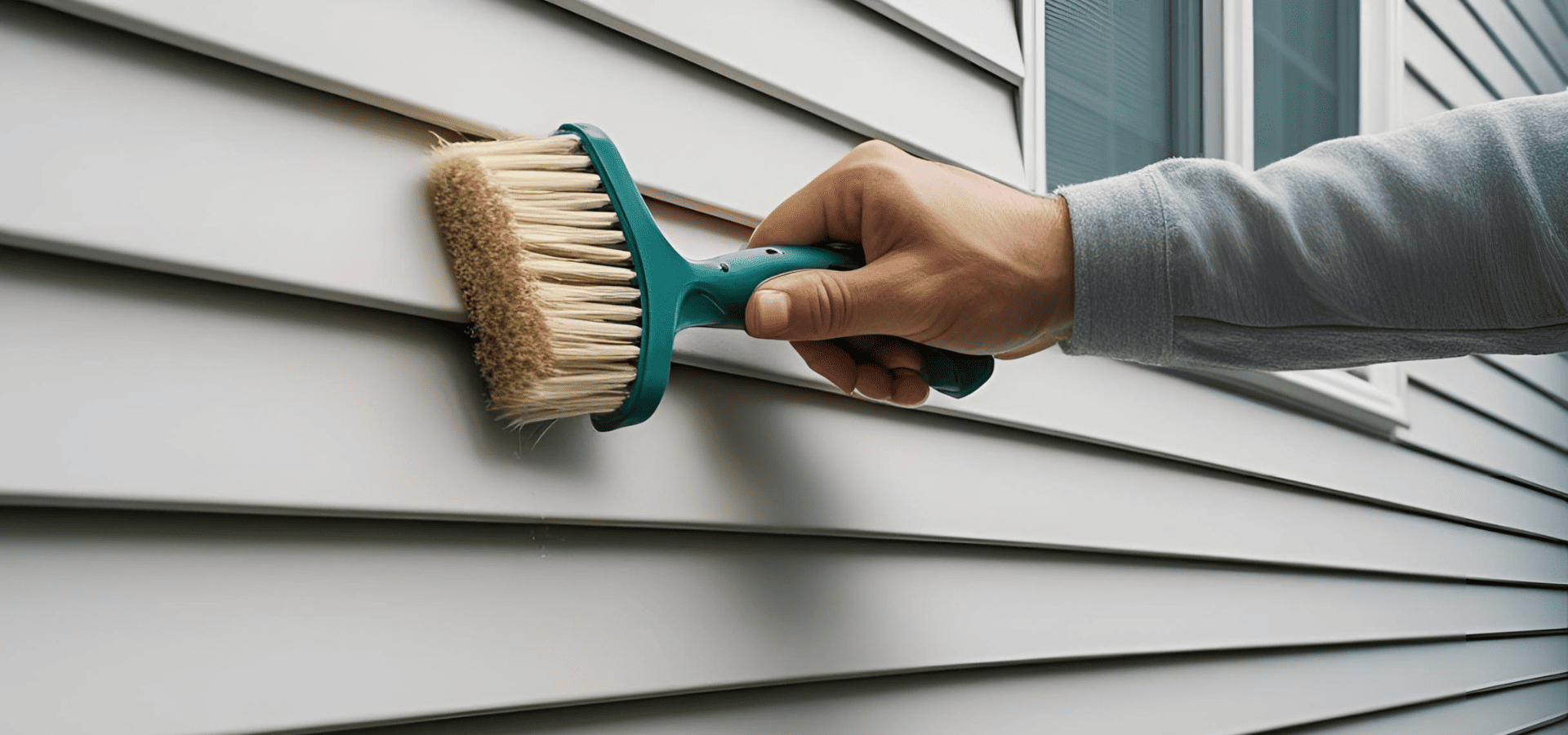
Your siding protects you against the elements, so you need to do your part to keep them strong and able to continue protecting you well. Maintenance also helps your siding last longer and damage less often, saving you money on repairs and replacement. While maintenance does take effort and you will have to spend on some maintenance products, this amount is far less than what you'd spend on replacement and repairs if you neglect the maintenance. Cleaning is also an essential part of maintenance. If you don't clean your siding, mold, mildew, and algae will eventually take root. In addition, dirt and moisture can also get into small cracks and cause damage to your siding. Now that you know how important maintenance is, read on to find out how to maintain your siding as well as keep it clean. 1. Vinyl Siding One of the most popular siding materials , vinyl is also one of the easiest siding materials to clean and maintain. To clean vinyl siding, you start by rinsing it with a garden hose to clean off any dirt and debris. Make sure to spray the hose from the top point downwards at the siding to prevent the water from penetrating into and behind the panels. You can also use a pressure wash on low setting to remove slightly more stubborn stains and for a more thorough wash. If you don't want to spend money on a pressure washer, you can also engage an established contractor like MAD Solar & Pressure Washing if you need pressure washing in Orange County , or if you're in Dallas, we'd be more than happy to help you pressure wash your siding. Next, use a mild cleaning solution to clean off the more stubborn stains and other contaminants. To make this solution, you simply have to mix a gallon of water with a quarter cup of mild detergent or even white vinegar. If there's mold or algae though, instead of using the cleaning solution, you'll need to use a stronger solution of bleach and water. To make this, mix a cup of bleach with a gallon of water. After you've made the solution, you'd then use a soft-thistle brush to scrub off the stains. Simply dip the brush in your solution and scrub your siding. These stains aren't always visible, so it's best to scrub your siding everywhere rather than only where you see there are stains or contaminants like mold. Also, make sure to use a soft-thistle brush. Vinyl is quite durable and can stand up well against elements like moisture, UV rays, heat, and even debris. However, its surface isn't physically hard, so it can be scratched relatively easily. So to prevent this, make sure to use a soft-thistle brush. After brushing your siding thoroughly, give it a final rinse to rinse off any residue solution. Note that cleaning should be done roughly 1-2 times per year. In terms of maintenance, as mentioned earlier, vinyl is relatively low-maintenance. As such, the main maintenance you'll be doing is really just preventative maintenance and checking for damages regularly. Besides cleaning and preventative maintenance, the only other maintenance task you need to do is repainting. This won't always need to be done, but if you observe any areas that seem to have a different color, that's a sign that the UV-resistant coating has faded. When this occurs, you won't be able to apply the coating again as this UV-resistant coating isn't a layer on top of the vinyl, but embedded throughout the siding. Instead, you'll need to use vinyl-safe paint to act as a layer against UV rays. That's pretty much it. Vinyl doesn't require too much maintenance, so as long as you perform these few maintenance tasks, your vinyl siding will be in good condition for many years to come. 2. Fiber Cement Siding
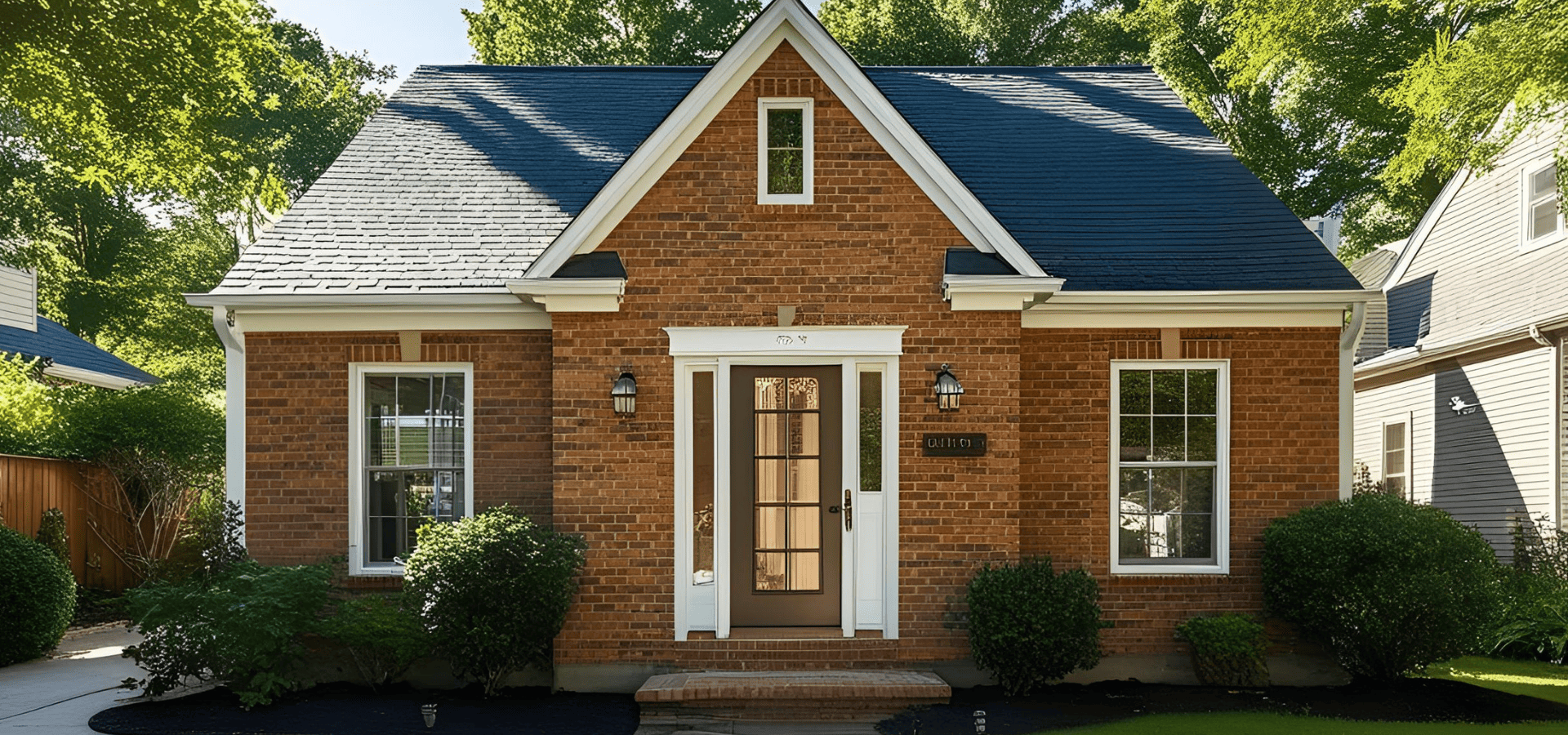
In our current world where vehicles are ever-present, we’re able to much more conveniently get to where we want, and quicker at that. Unfortunately, noise pollution is an inevitable byproduct of this convenience. Even taking vehicles out of the equation though, there are still other noise sources. These include construction work, road works, and your neighbors blasting music or even just having a lively gathering. Either way, noise can come from many sources, and everyone wants a quiet oasis in their own home. In today’s world where noise pollution is inevitable, noise-resistant siding is a must, especially if you’re staying near a road. So if you’re wondering which siding materials to use and how to install them to block out noise, jump right in! What Makes Siding Able To Keep Out Sound? While you might be surprised to hear this, the siding material isn’t the most important factor in keeping sound out. Instead, factors like sealing and layering play a much larger role in insulating your home against sound. By knowing the factors that keep sound out, you’ll be better able to liaise with your contractor and perhaps even perform the installation yourself. Density & Mass The denser a material is, the more sound it blocks out, simply because sound has to travel more material to reach your home. Assuming you have two materials of equal thickness, the denser material would block out more sound. However, it isn’t always that simple, as you have to consider the thickness to determine the overall mass. A thicker material with more volume and lower density can have more mass than a denser but thinner material, and thus block out sound better. So it isn’t always the case that a denser material will block out more sound, but it tends to be safer to opt for denser materials, because if you opt for a less dense material instead, you’ll end up having to use a thicker layer to block out the same amount of sound. Tight Construction & Sealing No matter how good your siding is at keeping out sound, if there are gaps, sound will pass through those gaps and still reach your home. As such, during the construction and assembly of the wall, not just the siding, but for each of the layers, the sheathing, the insulation layer, and so on, care needs to be taken to ensure there are no gaps. This means each piece needs to be aligned properly and at points where the layers meet the wall or doors and windows, they need to be installed tightly. There will inevitably be some gaps of course, usually at the seams and at the areas where the layers meet the wall or doors and windows. That’s where sealing comes in. Wherever there are gaps, you need to use the appropriate sealant to seal them up. If they're not sealed up, not only will more sound get through, but your home’s energy efficiency will also decrease, and moisture will also get through, causing issues like mold, mildew, and moisture damage. Layering Lastly, note that your siding isn’t the only thing blocking out sound from your home. Many homes, especially modern ones, incorporate multiple layers, usually starting with the siding on the outside, then a weather-resistant barrier below, then sheathing, and finally an insulating layer for energy efficiency. Each of these layers has its own purpose such as keeping moisture out, serving as a base for additional layers, and insulating your home to enhance energy efficiency. While each of their purposes isn’t to insulate against sound, each additional layer is more material that sound has to travel through, which means less sound reaches your home. So your siding isn’t a lone warrior fighting to keep out sound on its own. It has other layers to help, even if their main purpose isn’t to block sound out. Noise-Reducing Siding Materials Now that you know what makes siding able to reduce noise, let’s go over the best materials that are dense and will best help you block out noise. Brick And Stone Veneers

With wildfire occurrences becoming increasingly often, it's always better to be safe than sorry. Furthermore, even sparks from electrical devices or cigarette butts can ignite a flame and cause huge fires. As such, fire-resistant siding is becoming increasingly essential. Fire-resistant siding will slow down and even stop fires outright, keeping your home safe. But that's not all. Fire-resistant siding can also help you get lower premiums on your home insurance. The good news is, fire-resistant siding isn't any special material that's particularly expensive. On the contrary, many common siding materials are actually fire-resistant. The key is to know which ones to get, and that's exactly what we'll be covering in this article. Fire Rating First off, this section will clarify one of the most important ratings we'll be using throughout this article. Fire rating is a rating of how well a material can resist fire and withstand exposure to it. This includes how non-flammable it is and how long it can withstand high temperatures without degrading or breaking down. In short, it's a measure of how well it will protect you and your home against fires. The three ratings are Class A, B, and C. Class A is the most non-flammable and able to endure high temperatures without breaking down. Class C is the weakest and provides the least fire protection among the three, and Class B is in between classes A and C. Note that even Class C materials will protect you against fire, just not as well as the other two classes. Materials that do poorly against fire won't even have fire ratings, so even Class C-rated materials will still provide some fire protection. Class C materials can be used for areas with lower wildfire risks. However, for the best protection, we'll be sticking with only Class A materials for this article, especially since they're not significantly more expensive. Insurance companies also recognize Class A materials more readily. Now that you know what fire ratings are, let's get into what you came here for–the best fire-resistant siding options. 1. Brick And Stone Veneer

While all siding materials are designed to withstand rain and even strong winds, more serious storms like hurricanes and tornadoes can damage or even rip your siding right off if you’re using weaker siding. If you’re staying in an area where intense storms are a regular occurrence, it’s worth investing in higher-quality siding and installation to keep your siding intact or at least minimize the damage. Lower-quality siding may save you some money upfront, but each time a serious storm hits, you’re probably going to have to replace or repair a large portion of your siding. After just a couple of storms, you’ll likely have already spent more on repairs and replacements than if you had just gotten higher-quality siding instead. As such, in storm-prone regions, it’s a must to spend more on higher-quality siding that can withstand heavy storms. Otherwise, you’ll only end up costing yourself more in the long run. What Makes Siding Storm-Resistant? Let’s start with what exactly it is that makes siding storm-resistant. Is it toughness? Moisture resistance? Ability to withstand impact? By knowing what makes siding storm-resistant, you can easily assess the qualities of any type of siding and determine its suitability for your home. Impact Resistance One of the most important qualities for storm-resistant siding is impact resistance. Not only will there be hail, but also flying debris. This debris can consist of entire trees and even pieces of other people’s homes (maybe even some siding). This means your siding isn't just for aesthetic purposes, it also protects you from dangerous debris. As such, impact resistance is arguably the most important quality to have for storm-resistant siding. Wind Resistance After impact resistance, wind resistance is the next most important quality. In severe storms, your siding can be ripped right off if it isn't wind-resistant. The wind resistance of your siding will depend on it being both high-quality and robust and being installed well. Proper installation is imperative to wind resistance. Overlapping, secure fastening systems, and weather-resistant barriers all play important roles in keeping your siding wind-resistant. No siding is completely wind-resistant, but proper installation and strong siding will go a long way. Moisture Resistance Finally, in severe storms, your siding will be constantly pelted forcefully with water. As such, your siding needs to also be able to keep this water out. Same as with wind resistance, moisture resistance depends both on the siding material as well as the installation. Besides your siding itself not rotting or developing mold and mildew when exposed to moisture, it also needs to be able to keep water from reaching your home. This is where installation and sealing come in. Storm-Resistant Siding Options
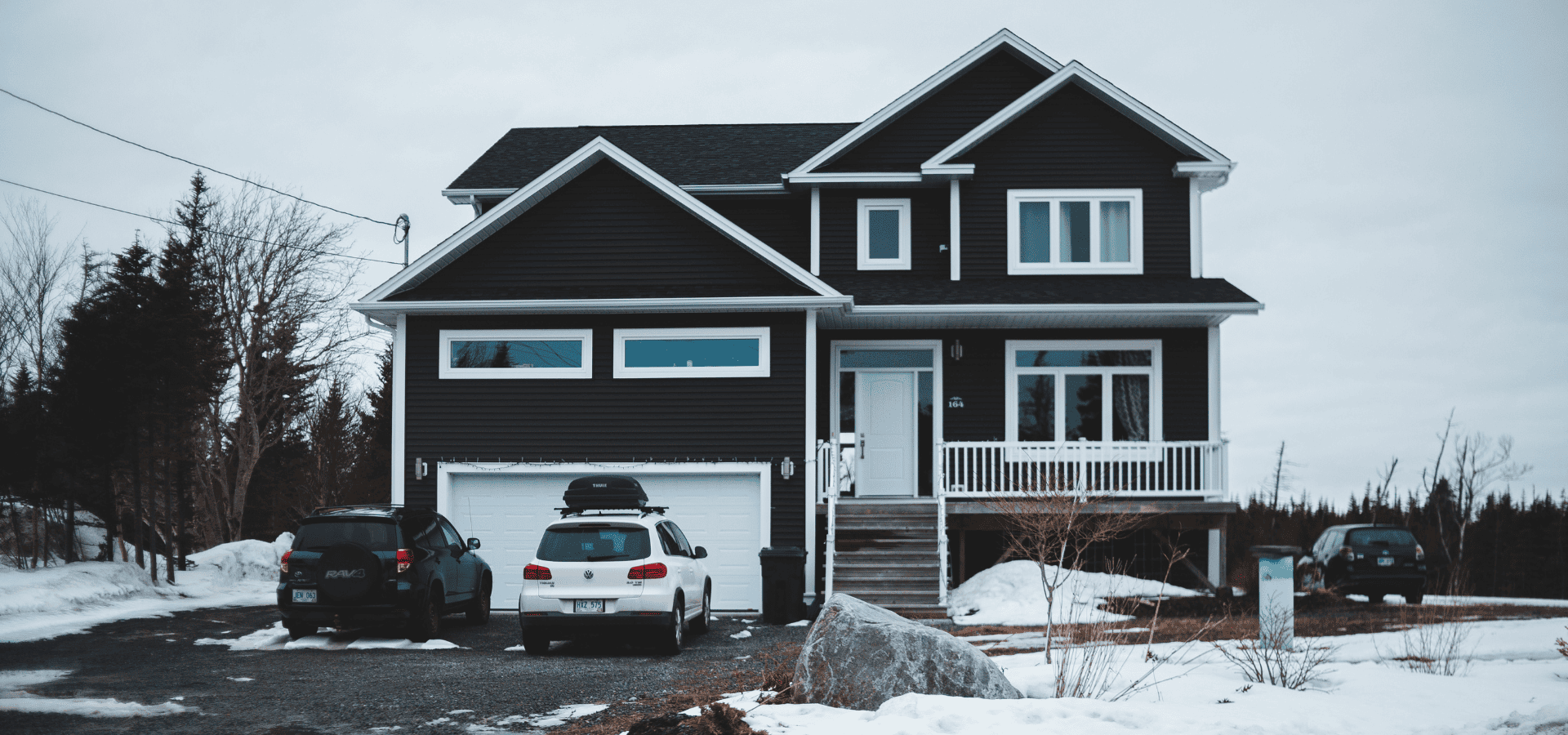
When it comes to siding, it’s important to adapt your siding to your local climate and conditions. For example, if heavy storms are a regular occurrence in your area, you will need siding that can handle moisture and even hail. On the other hand, if your area’s climate is dry and hot, you’ll want siding that can protect you from the heat. If you don’t take your climate into account, you could end up with siding that wears out quickly or gets damaged frequently because it isn’t able to stand up to your local weather conditions. That’s why we’re here to share the best siding options for each climate so that you can choose the right siding material for your climate. 1. Hot Climates For hot, sunny climates, you want siding that can reflect light and heat and resist fading and discoloration from intense light and heat. The thing is, most climates, even those with cooler summers, still have to deal with relatively harsh heat during the summer. This means that siding meant for use on homes is usually already designed to withstand extended periods of heat anyway. As such, most siding materials will actually be perfectly fine in hot climates as long as any necessary coatings are applied. It’s also important to note that low-quality siding materials tend to not be durable, so they won’t be able to stand up to particularly harsh conditions. As such, if your area has harsher climates, make sure to opt for higher-quality materials. Siding options suitable for hot climates include: Stucco Vinyl (With UV coating) Concrete Steel Aluminum Fiber Cement Brick Stone Veneer Engineered Wood Composite As you may have noticed, that’s pretty much the full range of siding options. The fact is, hot weather is present just about anywhere where there’s summer, and that’s the whole of America. So whatever siding material it is, if it’s suitable to be used as siding, it’s supposed to be able to withstand hot conditions anyway. The key is to ensure necessary coatings are applied and to go for high-quality materials. As for how well they can reflect sunlight, that actually boils down to the color you choose rather than the material of the siding. White reflects the most light, so the lighter your color is and the closer it is to white, the more sunlight it will reflect. So when you’re choosing your siding, don’t forget that color will play a part in reflecting heat and sunlight too. 2. Cold Climates

There’s a lot to consider when it comes to choosing the right look for your house. Whether it's a partial replacement or a full-on installation around the house, either way, you're getting new exterior siding for your home, which means you need to decide on the siding colors and styles. It may feel overwhelming narrowing color choices down to the perfect hue. Some colors are more popular in different regions. But other colors are popular no matter where you live. Siding choices make a big impact on your home’s curb appeal. So, it’s important to get it right. Color choices can make a bold statement. But they can also make a classic architectural style even more classic. Keep reading to discover more options to complement your house style.

On average, it costs between $15,000 and $17,000 for new siding on a 2,500-square-foot house. Of course, it all depends on your home’s size and layout. Location matters too. If you’re near a metropolitan area there’s likely more competition for lower prices. The type of siding you choose also makes the biggest difference in what you pay for siding cost. Worn or damaged siding drags down your home’s curb appeal. But you’ll have hidden utility costs, since it’s not energy-efficient. Yes, there’s an upfront cost for siding installation. But it pays off through raising your house value. It also protects your home’s interior structure since water leaks occur less often with newer siding. Let’s look at some of the siding cost factors, so you’ll know what to expect. Installing exterior siding makes your home look better instantly. But it’s a big investment. So, let’s break it down.
